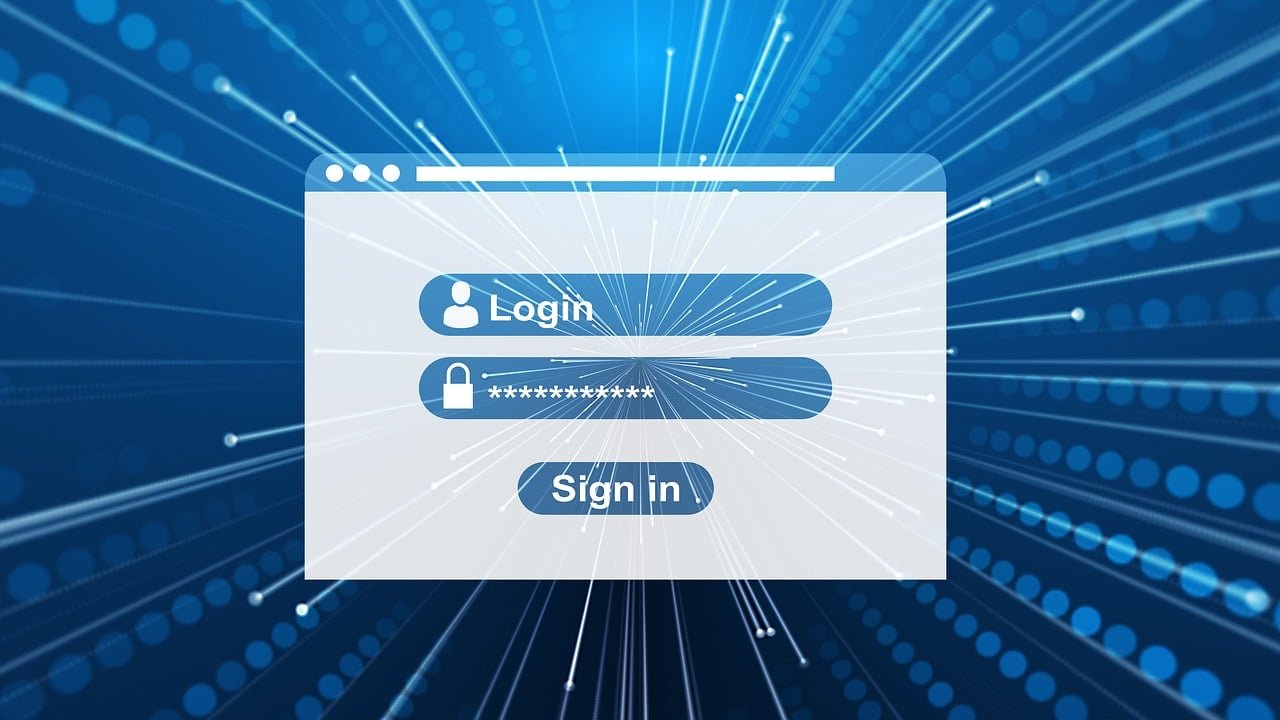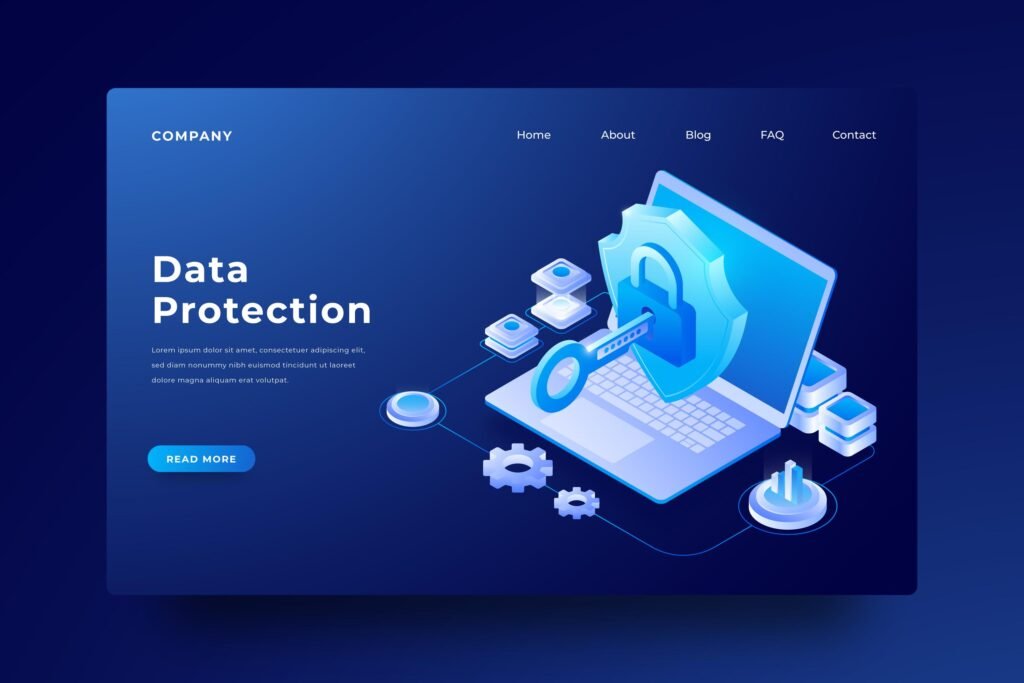In today’s digital landscape, your website is more than just a virtual storefront; it’s your brand’s digital fortress. Breaches and attacks can wreak havoc on your reputation, finances, and customer trust. That’s why website security should be your top priority.
This comprehensive guide, powered by Hostinger’s expertise, equips you with the latest tips and tricks to build an impenetrable web shield. So, lock your doors, raise the drawbridge, and let’s embark on this security quest!
1. Choose a Secure Hosting Provider: Your Digital Moat
Your hosting provider is the foundation of your website’s security. Opt for a reputable company like Hostinger that prioritizes robust security measures, like:
- Advanced server protection: Firewalls, intrusion detection systems, and malware scanners shield your website from external threats.
- Regular software updates: Timely patching of vulnerabilities plugs security holes before attackers exploit them.
- Data backups and disaster recovery: Secure your website data with regular backups and a foolproof recovery plan for unforeseen crises.
2. Build a Wall of Strong Passwords: Your First Line of Defense
Weak passwords are like flimsy gates begging to be broken. Fortify your website with:
- Unique and complex passwords: Avoid dictionary words, personal information, and predictable patterns. Use a combination of uppercase and lowercase letters, numbers, and symbols.
- Two-factor authentication (2FA): Add an extra layer of security by requiring a second verification factor, like a code from your phone, for login attempts.
- Password manager: Securely store and manage your passwords with a reputable password manager like LastPass or 1Password.

Strong password
3. Firewall Fortress: Guarding Your Digital Gates
A web application firewall (WAF) acts as a vigilant sentry, filtering out malicious traffic and protecting your website from common attacks like SQL injections and cross-site scripting. Consider popular WAF solutions like Sucuri or Wordfence.
4. Update Your Armor: Patching Software Vulnerabilities
Outdated software is like a chink in your armor. Regularly update your website’s core files, plugins, and themes to patch vulnerabilities and prevent attackers from exploiting them. Enable automatic updates for added convenience.
5. Backup Your Data: The Ultimate Safety Net
Disasters, both digital and physical, can strike. Regularly back up your website data to a secure offsite location, like a cloud storage service. This ensures you can quickly restore your website if something goes wrong.

Bonus Tip: Secure Your WordPress Site – A Popular Target
If you use WordPress, consider these additional steps:
- Choose secure themes and plugins: Stick to reputable developers and regularly update them.
- Limit login attempts: Prevent brute-force attacks by limiting failed login attempts.
- Disable file editing: Block unauthorized edits to your website’s core files.
Remember, website security is an ongoing process, not a one-time fix. By following these tips and staying vigilant, you can build a robust defense against digital threats and ensure your website stands as a secure haven for your visitors and your brand.
Keep your website’s security shield shining bright!
In addition to the tips mentioned above, here are some additional resources that you may find helpful:
- Hostinger’s website security guide: https://www.hostinger.com/tutorials/web-hosting-security
- WordPress security guide: https://wordpress.org/about/security/
- The Open Web Application Security Project (OWASP): https://owasp.org/
By implementing these recommendations and staying informed about the latest security threats, you can keep your website safe and secure.

